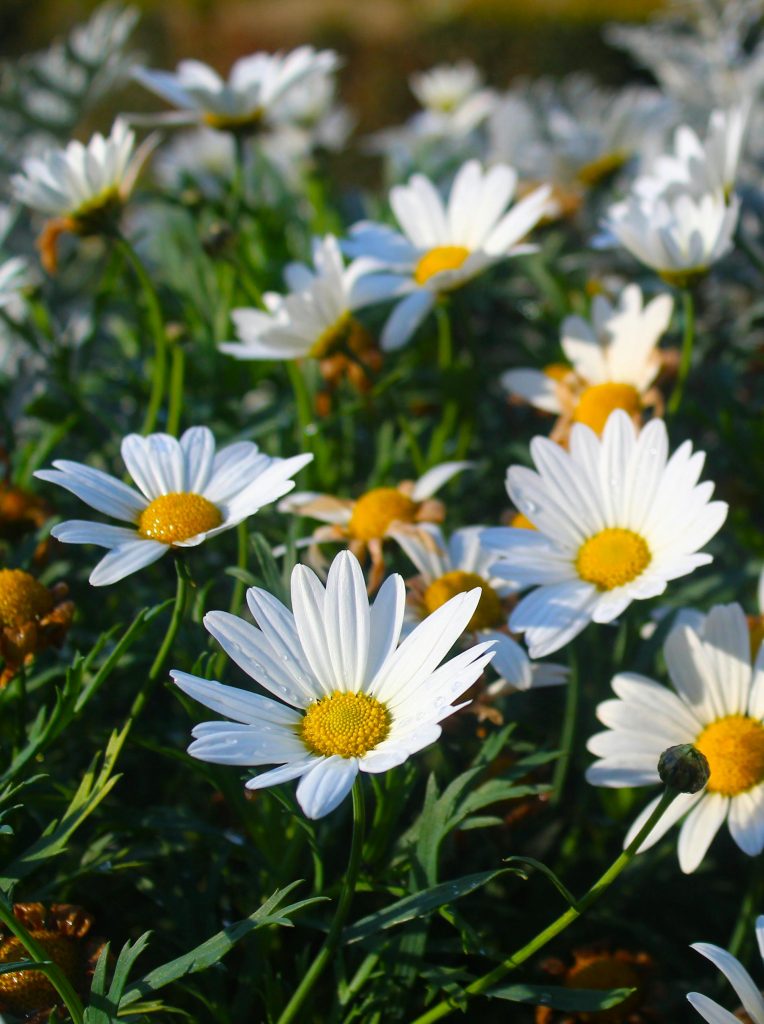Summary
Bellis perennis, commonly known as the English Daisy, is a perennial, rosette-forming plant that belongs to the Asteraceae family. It has small, simple, yet charming flowers with white petals and yellow centers. This plant is native to Western, Central, and Northern Europe, but it has become widely naturalized in many parts of the world. It thrives in sunny, open areas and is often found in lawns, meadows, and other grassy places.
Description
The English Daisy, Bellis perennis, is a small perennial plant that forms a tight rosette of spoon-shaped leaves. It stands approximately 2-3 inches tall. The leaves are dark green, glossy, and slightly serrated. From this leaf cluster, multiple slender, leafless stalks emerge, each bearing a single flower.
The flowers are characterized by their central yellow disc surrounded by white (sometimes pinkish) petals, each about 1-2 cm in diameter. This plant thrives during the cool seasons and often blankets fields, lawns, and pathways with its charming blooms.
Human Benefits
Here are some of the human benefits of the English Daisy:
- Used in traditional medicine for its anti-inflammatory properties.
- Can be used to treat wounds and skin diseases.
- It has been used to treat respiratory ailments.
- It’s edible and can be used in salads or as a garnish.
Fun Facts
- The English Daisy is considered a symbol of innocence and purity.
- It is said to have been named after the phrase “day’s eye” because the flower opens in the morning and closes at night.
- The English Daisy is one of the flowers mentioned in Shakespeare’s “Hamlet”.
- Its leaves can be eaten raw in salads or cooked in soups.


